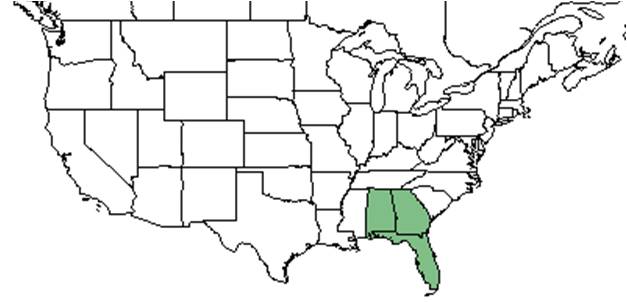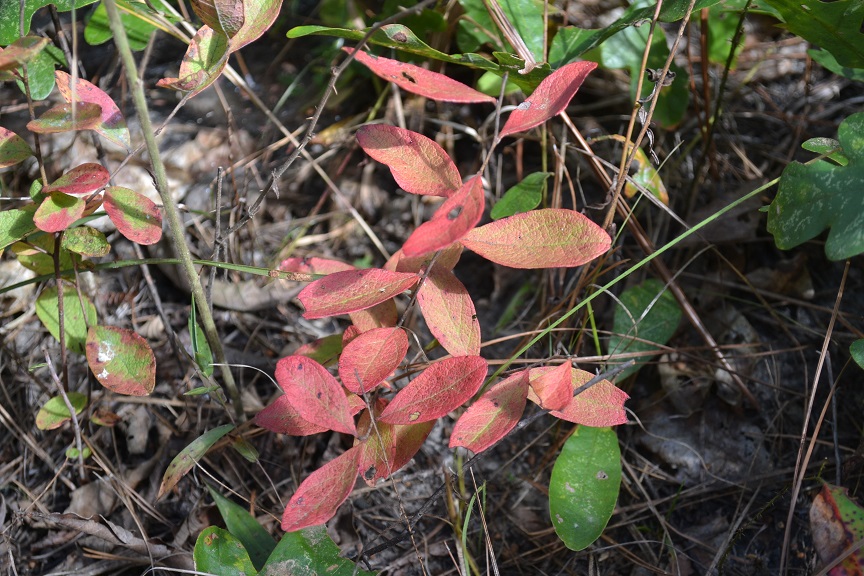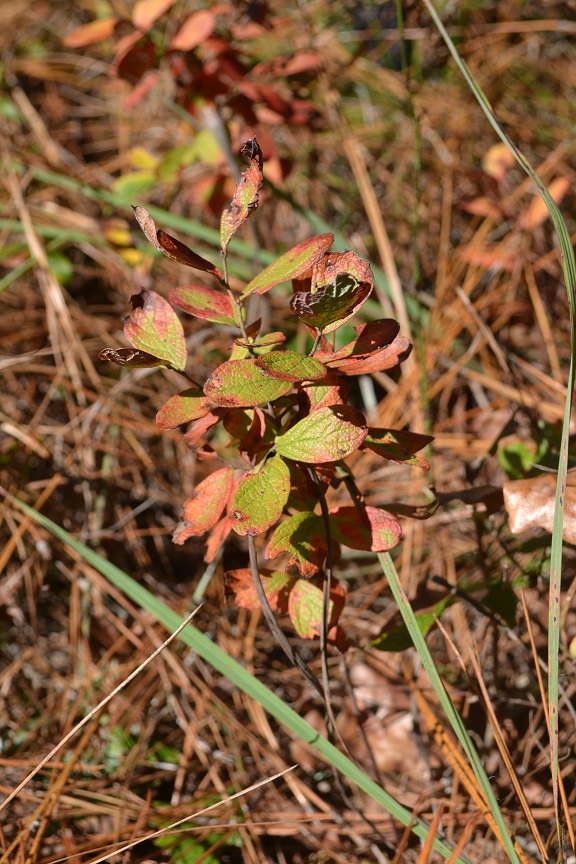Difference between revisions of "Gaylussacia nana"
(→Distribution) |
|||
| Line 24: | Line 24: | ||
<!-- Basic life history facts such as annual/perrenial, monoecious/dioecious, root morphology, seed type, etc. --> | <!-- Basic life history facts such as annual/perrenial, monoecious/dioecious, root morphology, seed type, etc. --> | ||
==Distribution== | ==Distribution== | ||
| + | ''Gaylussacia nana'' is distributed within the southeast coastal plain from southeast South Carolina south to northern and central peninsular Florida, the Florida panhandle, west to eastern Louisiana, and disjunct in southeastern North Carolina.<ref name= "Weakley">Weakley, A. S. (2015). Flora of the Southern and Mid-Atlantic States. Chapel Hill, NC, University of North Carolina Herbarium.</ref> | ||
| + | |||
==Ecology== | ==Ecology== | ||
<!--===Habitat===--> <!--Natural communities, human disturbed habitats, topography, hydrology, soils, light, fire regime requirements for removal of competition, etc.--> | <!--===Habitat===--> <!--Natural communities, human disturbed habitats, topography, hydrology, soils, light, fire regime requirements for removal of competition, etc.--> | ||
Revision as of 13:13, 17 May 2019
Common name: Confederate huckleberry
| Gaylussacia nana | |
|---|---|

| |
| Photo taken by Kevin Robertson | |
| Scientific classification | |
| Kingdom: | Plantae |
| Division: | Magnoliophyta - Flowering plants |
| Class: | Magnoliopsida - Dicotyledons |
| Order: | Ericales |
| Family: | Ericaceae |
| Genus: | Gaylussacia |
| Species: | G. nana |
| Binomial name | |
| Gaylussacia nana (A. Gray) Small | |

| |
| Natural range of Gaylussacia nana from USDA NRCS Plants Database. | |
Contents
Taxonomic notes
Synonyms: Gaylussacia frondosa (Linnaeus) Torrey & A. Gray ex Torrey var. nana A. Gray; Decachaena nana (A. Gray) Small; G. frondosa (Linnaeus) Torrey & A. Gray ex Torrey var. tomentosa A. Gray
Description
Distribution
Gaylussacia nana is distributed within the southeast coastal plain from southeast South Carolina south to northern and central peninsular Florida, the Florida panhandle, west to eastern Louisiana, and disjunct in southeastern North Carolina.[1]
Ecology
Phenology
G. nana has been observed to flower from March to May with peak inflorescence in April.[2]
Conservation and management
Cultivation and restoration
Photo Gallery
References and notes
- ↑ Weakley, A. S. (2015). Flora of the Southern and Mid-Atlantic States. Chapel Hill, NC, University of North Carolina Herbarium.
- ↑ Nelson, G. PanFlora: Plant data for the eastern United States with emphasis on the Southeastern Coastal Plains, Florida, and the Florida Panhandle. www.gilnelson.com/PanFlora/ Accessed: 9 DEC 2016

